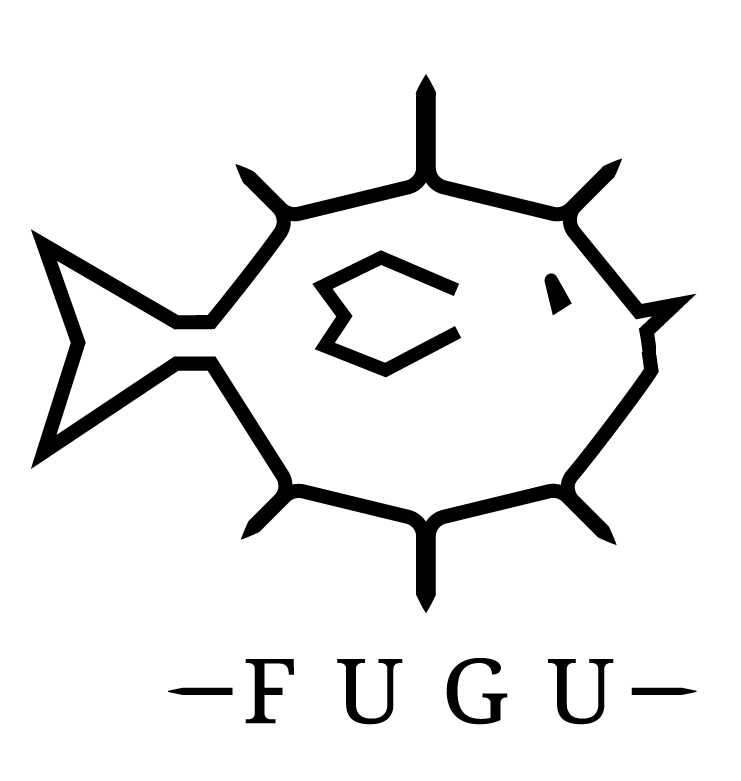Fugu
Fugu is a spiking neural network library designed to produce algorithms that are composable, scalable and portable. Developers define spiking neural network functions (“Bricks”) using procedural code to generate platform-agnostic networks. These networks are then complied to specific execution backends, either spiking simulators or spiking neuromorphic hardware. This approach allows components from different authors to work easily together and frees the user from worrying about platform-specific requirements.
View Fugu code on GitHub

Neural graph analysis
One use case of Fugu is using spiking neural networks to perform graph analysis. Graphs naturally map to spiking neural networks, and the distributed nature of the computation naturally maps to efficient asynchronous computation. In some cases, the spiking approach can be formally more efficient than the traditional counterparts. Fugu enables these (and other) spiking algorithms to be implemented easily, at scale, and on-hardware.
- J.B. Aimone, W.M. Severa, C.M. Vineyard, ‘Composing neural algorithms with Fugu, International Conference on Neuromorphic Systems (ICONS), Knoxville TN , 2019, pp.1-8
- J.B. Aimone, Y. Ho, O.D. Parekh, C.A. Phillips, A. Pinar W.M. Severa and Y. Wang, ‘Brief Announcement: Provable Neuromorphic Advantages for Computing Shortest Paths‘, ACM Symposium on Parallelism in Algorithms and Architectures (SPAA), Philadelphia PA: 2020
- C.M. Vineyard, S. Cardwell, F. Chance, S.S. Musuvathy, F. Rothganger, W.M. Severa, J. Smith, C. Teeter, F. Wang and J.B. Aimone, “Neural Mini-Apps as a Tool for Neuromorphic Computing Insight”, ” In Neuro-Inspired Computational Elements Conference, Neuro-Inspired Computational Elements (NICE), 2022, pp. 40-49.
- J.D. Smith, A.J. Hill, L.E. Reeder, B.C. Franke, R.B. Lehoucq, O. Parekh, W.M. Severa, and J.B. Aimone, ‘Neuromorphic scaling advantages for energy-efficient random walk computations’, Nature Electronics, 5, no 2, pp. 102-112, Feb 2022.
- C.M. Vineyard, S. Cardwell, F. Chance, S.S. Musuvathy, F. Rothganger, W.M. Severa, J. Smith, C.M. Teeter, F. Wang, and J.B. Aimone, Neural Mini-Apps as a Tool for Neuromorphic Computing Insight’, Neuro Inspired Computational Elements Workshop, Virtual, 2022, pp. 40-49
Neural Stochastic Models
Stochastic processes lie at the heart of many scientific and computing applications, including particle transport and stochastic epidemic models, as well as randomized machine learning techniques including Bayesian neural nets and stochastic dropout. The brain also exhibits randomness through the widespread and efficient use of stochastic vesicle release in synapses. To target a broad class of probabilistic applications, Sandia has taken an interest in developing neural stochastic capabilities. Existing capabilities include:
- Diffusion
- Stochastic trajectory approximation
- Stochastic processes as solutions to partial differential equations

Neural Inspired Remote Sensing
Collecting data in the harshest of environments, remote sensing applications have the challenge of delivering insight and intelligence in the face of unique environmental and operational constraints. From space based systems to airborne and ground sensors, there is a demand for increased capability while decreasing Size, Weight and Power (SWaP) costs. Neuromorphic and neural inspired computing approaches can offer previously unattainable performance, creating a complete paradigm shift.
One example of potential re-think is moving AI data processing on-board space based systems. Traditional systems often use a collect-transmit-process pipeline. Comprehensive on-board processing has been out-of-reach, largely due to constaints on power consumption. However such on-board processing is possible using neural inspired AI algorithms and accelerators, allowing new options for how satellite constellations are designed, developed and deployed. Analyzing the full impact of these developments is still an open question and requires bespoke expertise, software, and ModSim capabilities.

- J.L. Krichmar, W.M. Severa, M.L. Khan, and J.L. Olds, “Making BREAD: Biomimetic strategies for artificial intelligence now and in the future”, Frontiers in Neuroscience 13, pp. 666, Jun 2019.
- W.M. Severa, A.J. Hill, C.M. Vineyard, M.J. Kagie, R. Dellana, L. Reeder, F.Wang, J.B. Aimone and A. Yanguas-Gill, “Building a Comprehensive Neuromorphic Platform for Remote Sensing”, Proceedings of the 2019 Government Microcircuit Applications & Critical Technology Conference, GOMACTech, 2019, pp. 1-4.
- C.M. Vineyard, W.M. Severa, M.J. Kagie, A. Scholand and P. Hays, “A Resurgence in Neuromorphic Architectures Enabling Remote Sensing Computation”, In 2019 IEEE Space Computing Conference (SCC), Pasadena CA, 2019, pp. 33-40, IEEE.